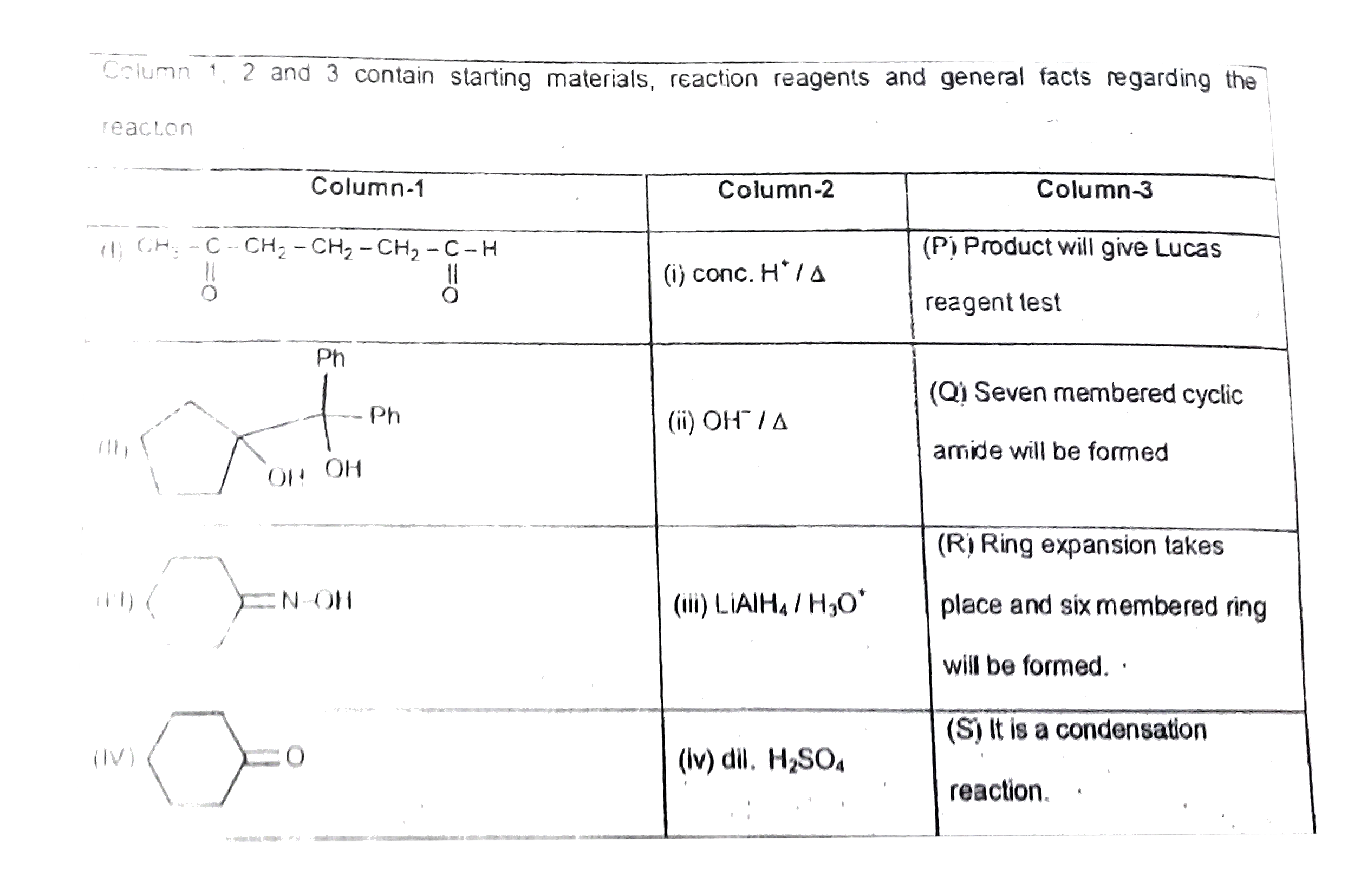Which enzyme can hydrolyse peptidoglycans
Amylase
Lipase
Trypsin
Lysozyme
The correct Answer is:D
Step-by-Step Solution:
1. Understanding Peptidoglycans:
- Peptidoglycans are major structural components of bacterial cell walls. They consist of glycan chains made up of repeating units of N-acetylglucosamine and N-acetylmuramic acid. These chains are cross-linked by peptide side chains.
2. Analyzing the Options:
- The question provides four options: amylase, lipase, trypsin, and lysozyme. We need to determine which of these enzymes can hydrolyze peptidoglycans.
3. Evaluating Amylase:
- Amylase is an enzyme that hydrolyzes glycosidic bonds in starch, converting complex carbohydrates into simple sugars. Since it specifically targets starch and not peptidoglycans, amylase is not the correct answer.
4. Evaluating Lipase:
- Lipase is responsible for breaking down triglycerides into free fatty acids and glycerol. It does not act on peptidoglycans, making lipase another incorrect option.
5. Evaluating Trypsin:
- Trypsin is an enzyme that catalyzes the hydrolysis of peptide bonds, breaking down proteins into smaller peptides. While it hydrolyzes peptide bonds, it does not specifically target the peptidoglycan structure, so trypsin is also not the correct answer.
6. Evaluating Lysozyme:
- Lysozyme is a naturally occurring enzyme found in various bodily secretions such as tears, saliva, and milk. It acts as an antimicrobial agent by cleaving the peptidoglycan components of bacterial cell walls, leading to cell death. This makes lysozyme the correct answer to the question.
7. Conclusion:
- The enzyme that can hydrolyze peptidoglycans is lysozyme.
- Peptidoglycans are major structural components of bacterial cell walls. They consist of glycan chains made up of repeating units of N-acetylglucosamine and N-acetylmuramic acid. These chains are cross-linked by peptide side chains.
- The question provides four options: amylase, lipase, trypsin, and lysozyme. We need to determine which of these enzymes can hydrolyze peptidoglycans.
- Amylase is an enzyme that hydrolyzes glycosidic bonds in starch, converting complex carbohydrates into simple sugars. Since it specifically targets starch and not peptidoglycans, amylase is not the correct answer.
- Lipase is responsible for breaking down triglycerides into free fatty acids and glycerol. It does not act on peptidoglycans, making lipase another incorrect option.
- Trypsin is an enzyme that catalyzes the hydrolysis of peptide bonds, breaking down proteins into smaller peptides. While it hydrolyzes peptide bonds, it does not specifically target the peptidoglycan structure, so trypsin is also not the correct answer.
- Lysozyme is a naturally occurring enzyme found in various bodily secretions such as tears, saliva, and milk. It acts as an antimicrobial agent by cleaving the peptidoglycan components of bacterial cell walls, leading to cell death. This makes lysozyme the correct answer to the question.
- The enzyme that can hydrolyze peptidoglycans is lysozyme.
Topper's Solved these Questions
- BOOK - DINESH PUBLICATION ENGLISHCHAPTER - HUMAN HEALTH AND DISEASEEXERCISE - CHECK YOUR GRASP17videos
HUMAN HEALTH AND DISEASE
- BOOK - DINESH PUBLICATION ENGLISHCHAPTER - HUMAN HEALTH AND DISEASEEXERCISE - CHECK YOUR GRASP17videos
HUMAN HEALTH AND DISEASE
- BOOK - DINESH PUBLICATION ENGLISHCHAPTER - HUMAN EVOLUTIONEXERCISE - Brain Teasers-VII181videos
HUMAN EVOLUTION
- BOOK - DINESH PUBLICATION ENGLISHCHAPTER - HUMAN REPRODUCTIONEXERCISE - MCQ770videos
HUMAN REPRODUCTION
Similar Questions
Knowledge Check
- Question 1 - Select One
The enzyme which hydrolyses triglycerides to fatty acids and glycerol is called
(a) pepsin
(b) lipase
(c) maltase
(d) zymaseApepsinBlipaseCmaltaseDzymase - Question 2 - Select One
A co-enzyme can be:
Aconjugated proteinBorganic moleculeCinorganic ionDmetal
Enzyme invertase hydrolyses
View SolutionEnzyme invertase hydrolyses
View Solutionthe aleurone synthesizes and secretes digestive enzymes that hydrolyse nutrients stored in the endosperm in the presence of
View SolutionWhich of the following antibiotics kills bacterial cells by inhibitng the polymerisation of peptidoglycans
View Solution
The only CORRECT combination in which polymerization of hydrolysed product gives condensation polymer.View SolutionWhich enzyme of glycolysis is also called as pacemaker enzyme ?
View Solution

